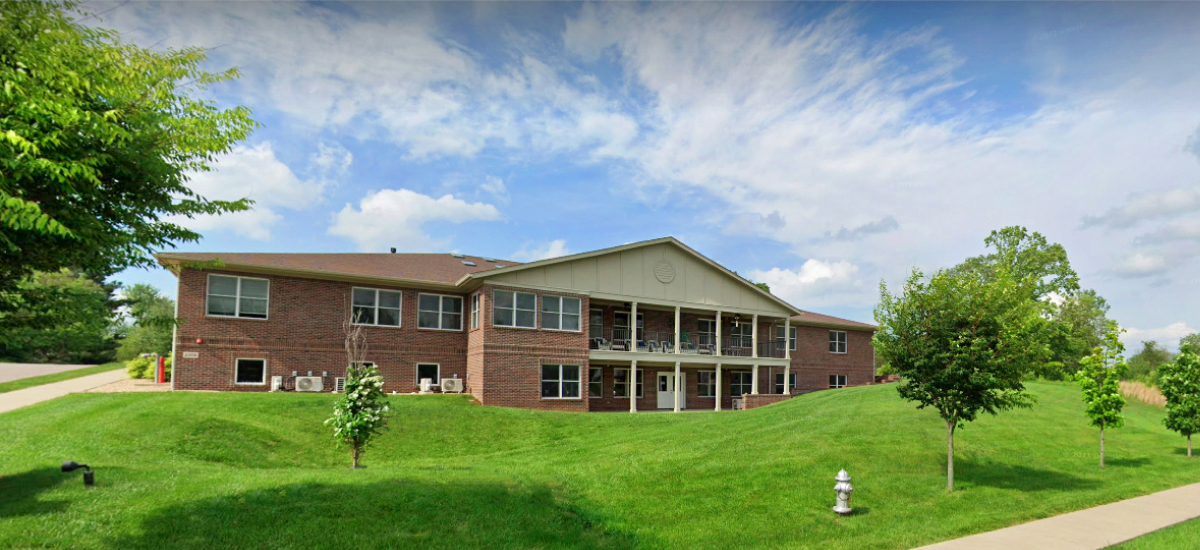Below, we go over each drug, including their similarities, differences, and what happens when a person uses trazodone and Klonopin together.
| Drug | Brand names | Drug class | Abuse potential | Overdose potential |
|---|---|---|---|---|
| Trazodone | Desyrel, Desyrel Dividose, Oleptro | Atypical antidepressant | Low | Low (may occur in combination with other depressants) |
| Clonazepam | Klonopin, Rivotril | Benzodiazepine (anxiolytic) | High | Moderate (especially when combined with other depressants) |
Trazodone vs. Klonopin
Trazodone can be used for anxiety, but its most popular use is in the treatment of insomnia and depression. Klonopin should not be used for depression, as it has been shown to worsen depression symptoms in some individuals. [1],[2]
Brand Names
In the United States, brand names for trazodone include:
Desyrel
Desyrel Dividose
Oleptro
Brand names for clonazepam include Klonopin and Rivotril.
One of the similarities between these two drugs is that chronic use or misuse can result in physical dependence, which means your body adapts to the presence of the substance. If you suddenly stop taking trazodone or Klonopin after becoming dependent, you will experience distressing and potentially dangerous withdrawal symptoms.
However, one of the primary differences between trazodone and Klonopin is that trazodone is not considered habit-forming in a general sense, while Klonopin has a very high potential for abuse and addiction. This potential for abuse is why Klonopin is a controlled substance.
How Do These Drugs Work?
Trazodone
Trazodone is considered to be an atypical antidepressant. It is often used in cases where a patient does not respond to other antidepressants. Trazodone is a serotonin antagonist and reuptake inhibitor (SARI), which means that it inhibits the reuptake of serotonin. [1]
For adults, 150-milligram divided doses each day is the general starting dosage for trazodone. Doctors may adjust the dose depending on what is needed. Doses usually do not exceed 400 mg per day.
Klonopin
Klonopin is in the benzodiazepine class. Benzodiazepines are some of the most widely prescribed drugs in the United States today. [2]
This type of drug affects a specific neurotransmitter called GABA, which is an inhibitory neurotransmitter. As a result, when someone takes Klonopin, neuron activity in the brain becomes inhibited, producing a calming effect. [2]
Klonopin dosage varies depending on the condition being treated. Doses include 0.5 mg, 1 mg, and 2 mg.


Klonopin Withdrawal
Key Differences Between Trazodone & Klonopin
Addiction Potential
Trazodone: Low risk; not considered habit-forming.
Klonopin: High potential for abuse and addiction; classified as a controlled substance.
The most important distinctions between trazodone and Klonopin are the conditions that they are used to treat as well as their potential for abuse. Klonopin has a high potential for abuse and addiction whereas trazodone misuse is fairly rare.
Half-Life (How Long the Drug Stays in the Body)
Trazodone: ~7.5 hours.
Klonopin: ~40 hours (much longer-lasting).
A key difference between trazodone and Klonopin includes their half-lives. Klonopin has a 40-hour half-life, while trazodone has a 7.5-hour half-life. This means that Klonopin stays in your system much longer than trazodone.
Controlled Substance Status
Trazodone: Not regulated under the Controlled Substances Act.
Klonopin: Controlled Schedule IV drug due to high abuse potential.
Klonopin is also considered a controlled substance with a high potential for abuse, while trazodone has not been subjected to the Controlled Substances Act.
Is One Drug More Effective Than the Other?
Gauging the efficacy of Trazodone and Klonopin and comparing the two in this regard is sort of a moot point. Each drug is effective in its own way. Since they are used to treat different conditions, one is not more effective than the other.
One could make the argument that Klonopin is a more powerful drug due to its high potential for abuse. However, this does not take away from the efficacy of trazodone in its own right. Both drugs are used to treat different maladies effectively.
Trazodone is also used in cases where other medications are not producing results, so this would also be an argument for its efficacy.
Is Trazodone or Klonopin More Addictive?
Although both drugs can lead to physical dependence, Klonopin has a high potential for abuse, and trazodone is not considered habit-forming. This supports the argument that Klonopin is more addictive. Klonopin is also more widely abused than trazodone.
While there is no evidence that supports that trazodone is addictive, withdrawal symptoms can occur if an individual stops taking trazodone cold turkey.
Side Effects
| Common side effects associated with trazodone include the following: [1] | Common side effects associated with Klonopin include: [2] |
|---|---|
| Blurry vision | Drowsiness |
| Drowsiness | Body aches |
| Dizziness | Chills |
| Nausea | Cough |
| Vomiting | Difficulty breathing |
| Klonopin comes with a high risk of misuse, abuse, and even addiction. |
Taking Trazodone & Klonopin Together
Since these two drugs share some similarities, individuals may attempt to mix trazodone and Klonopin together. However, if trazodone and Klonopin are taken together, severe symptoms can occur, which include excessive drowsiness as well as central nervous system depression, which could potentially lead to overdose.
In cases of addiction, it is best to seek professional treatment. In this day and age, more and more individuals are entering rehabilitation programs based on prescription drug dependencies. With comprehensive addiction treatment, you can address underlying issues that led to substance misuse and develop coping skills to ensure continued recovery.
Can You Overdose on Klonopin and Trazodone?
Yes, it’s possible to overdose on Klonopin or trazodone, separately, as well as together. Because they both have sedating effects, mixing them increases the risk of toxicity greatly.
Klonopin Overdose
Research indicates that a Klonopin dose over .08 mcg/mL can be toxic and cause an overdose. Clonazepam overdose symptoms may include:[1]
Drowsiness
Double vision
Coordination issues
Slurred speech
Respiratory depression
Low blood pressure
Low oxygen levels
Cardiac arrest
Coma
Overdoses on Klonopin by itself are relatively rare but overdose risk increases significantly when people combine clonazepam with other depressants like barbiturates, alcohol, or opioids. [1]
Trazodone Overdose
While it is possible to overdose on trazodone, overdoses tend to be rare. Signs and symptoms of a trazodone overdose include:[1]
Altered mental status
Muscle or nerve issues
Problems breathing
Decreased heart rate
Irregular heartbeat
Low blood pressure
Tremors
Involuntary muscle contractions
Restlessness
Coma
Painful, abnormal erection
One of the risks of trazodone toxicity is serotonin syndrome, which is a life-threatening condition usually caused by taking trazodone with other serotoninergic medications like migraine medications, antidepressants, and opioid painkillers.[1]
- Trazodone. (July 2022). StatPearls.
- Clonazepam. (September 2022). StatPearls.
- Melatonin Versus Trazodone for the Treatment of New Onset Insomnia in Hospitalized Adult Patients. (September 2022). Hospital Pharmacy.











